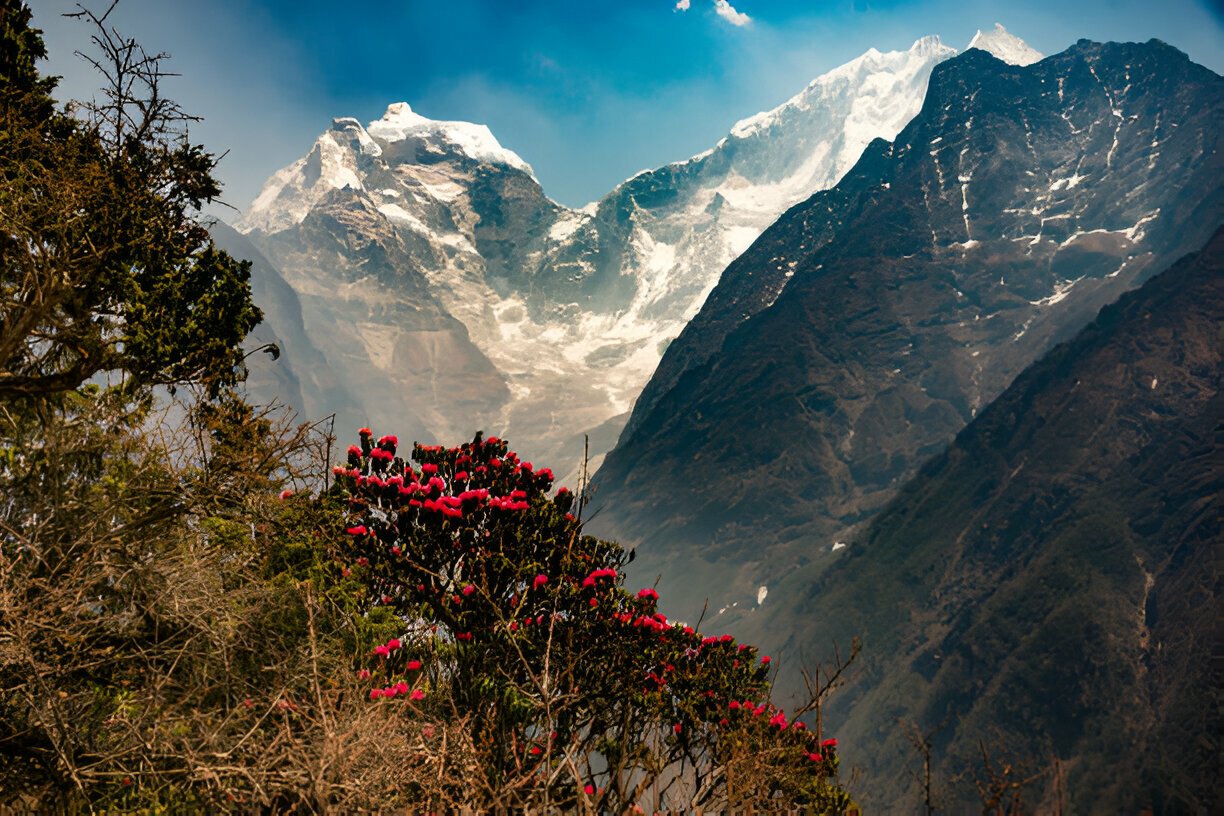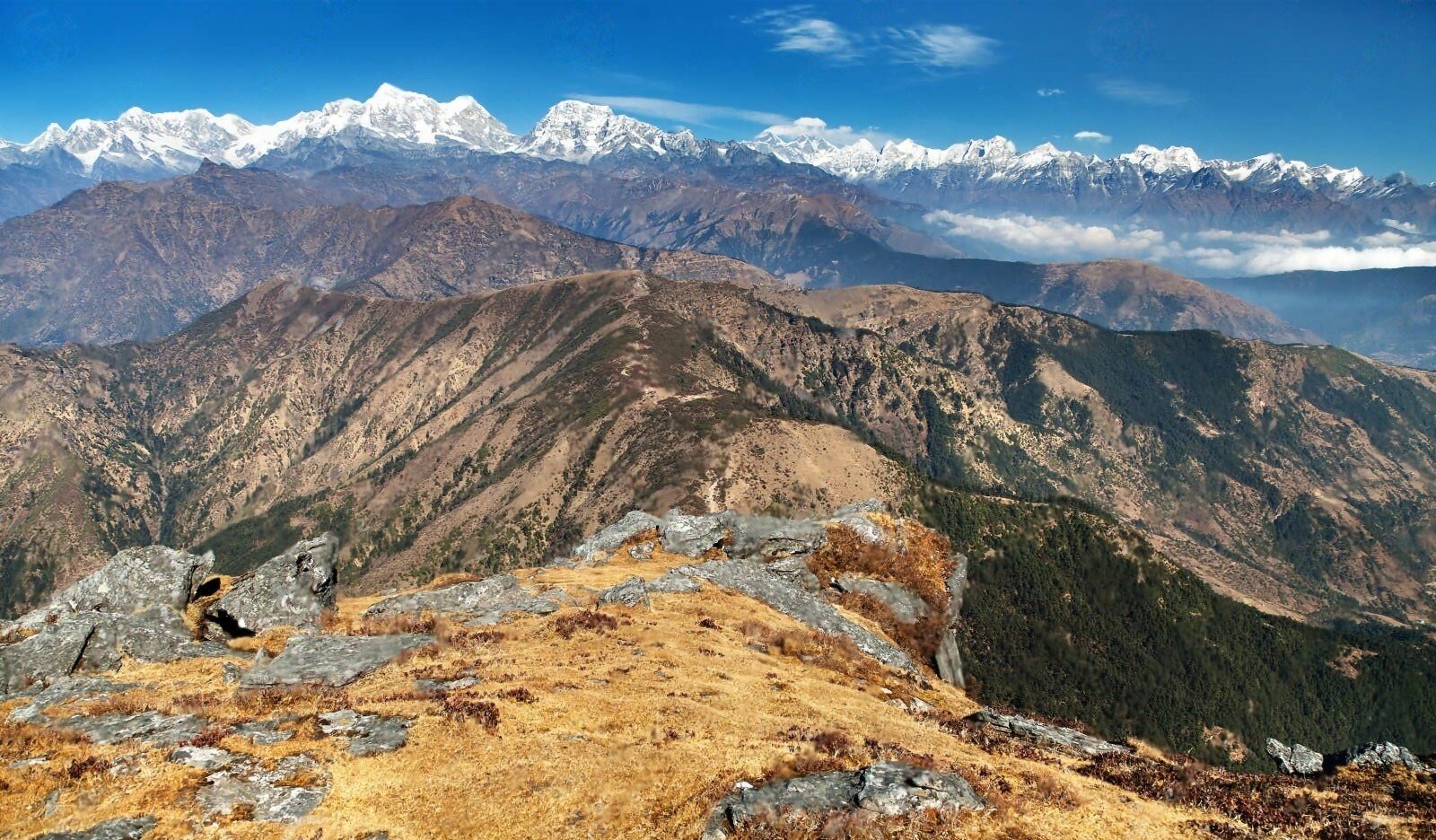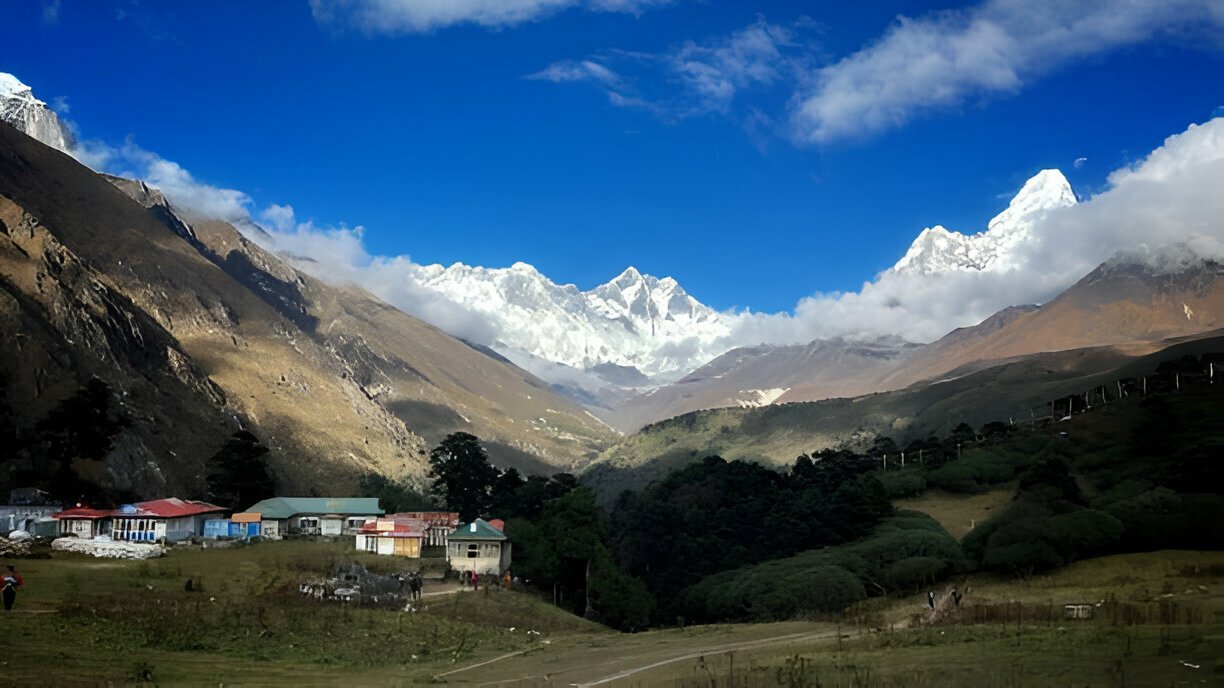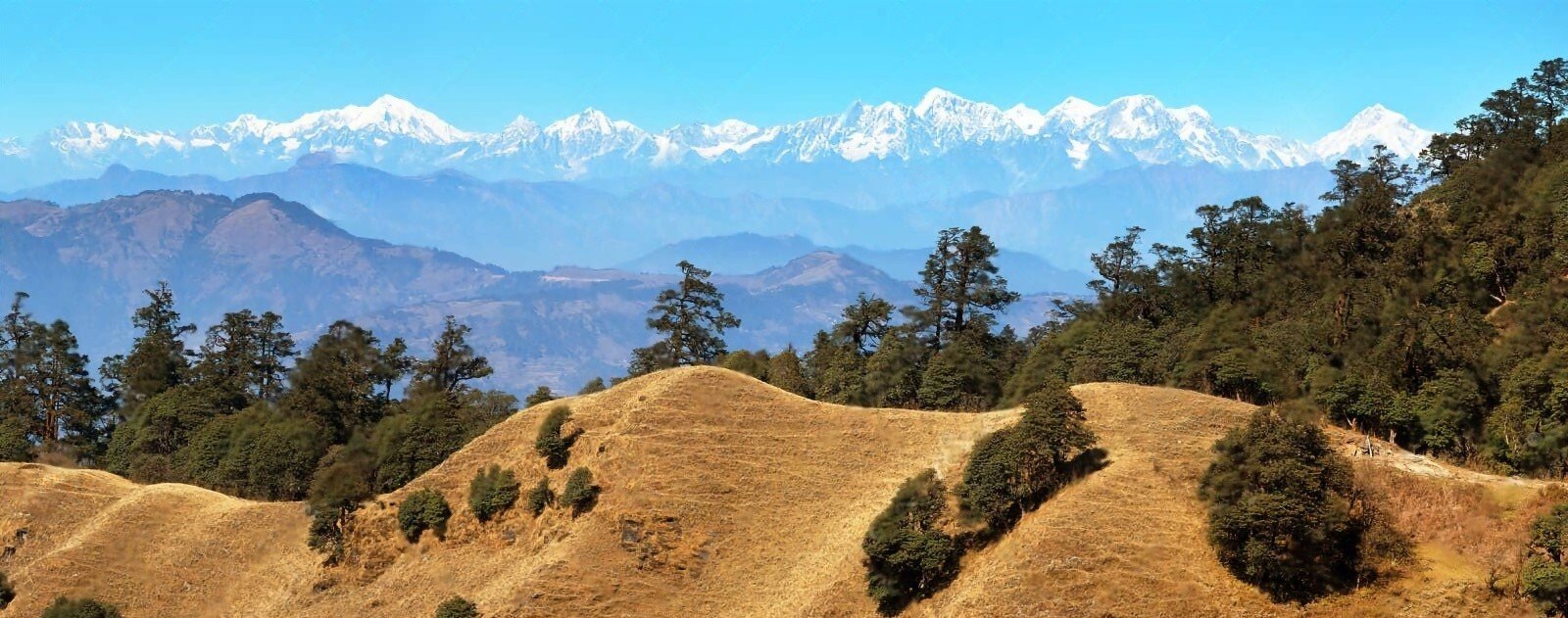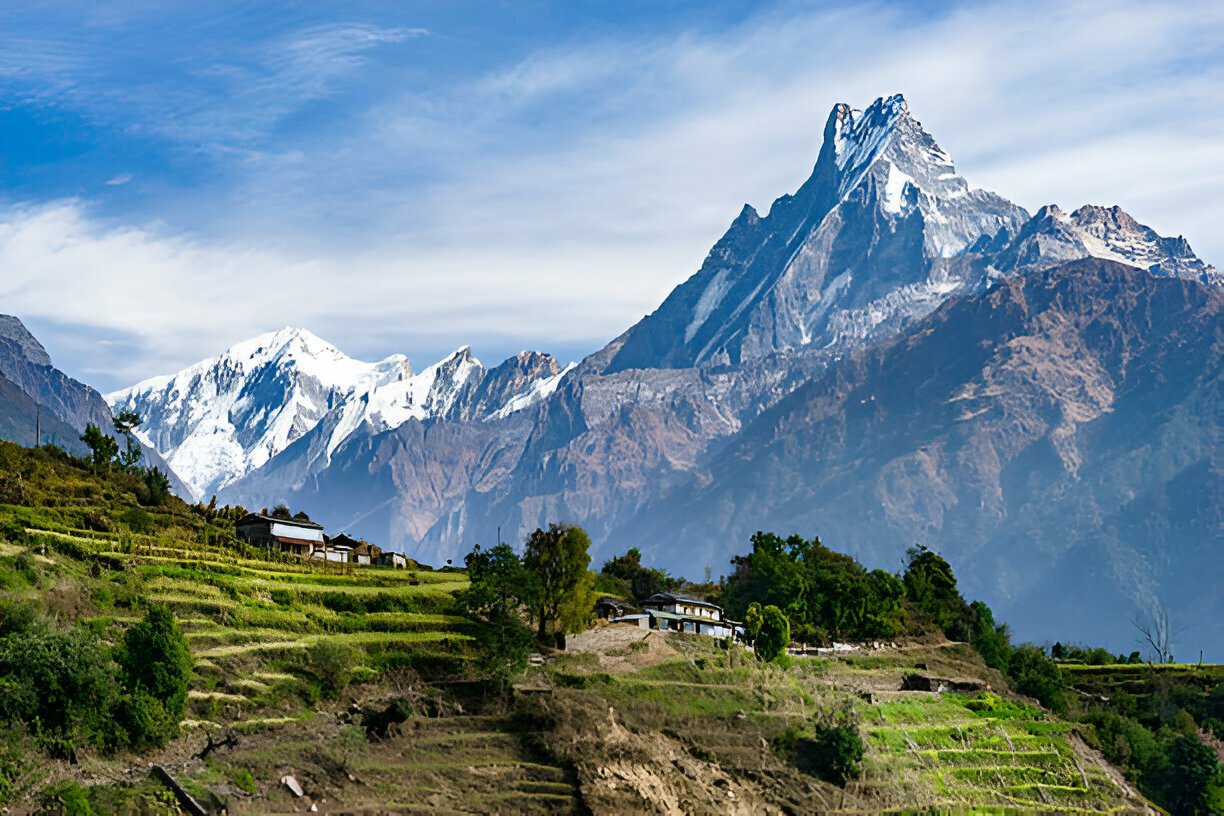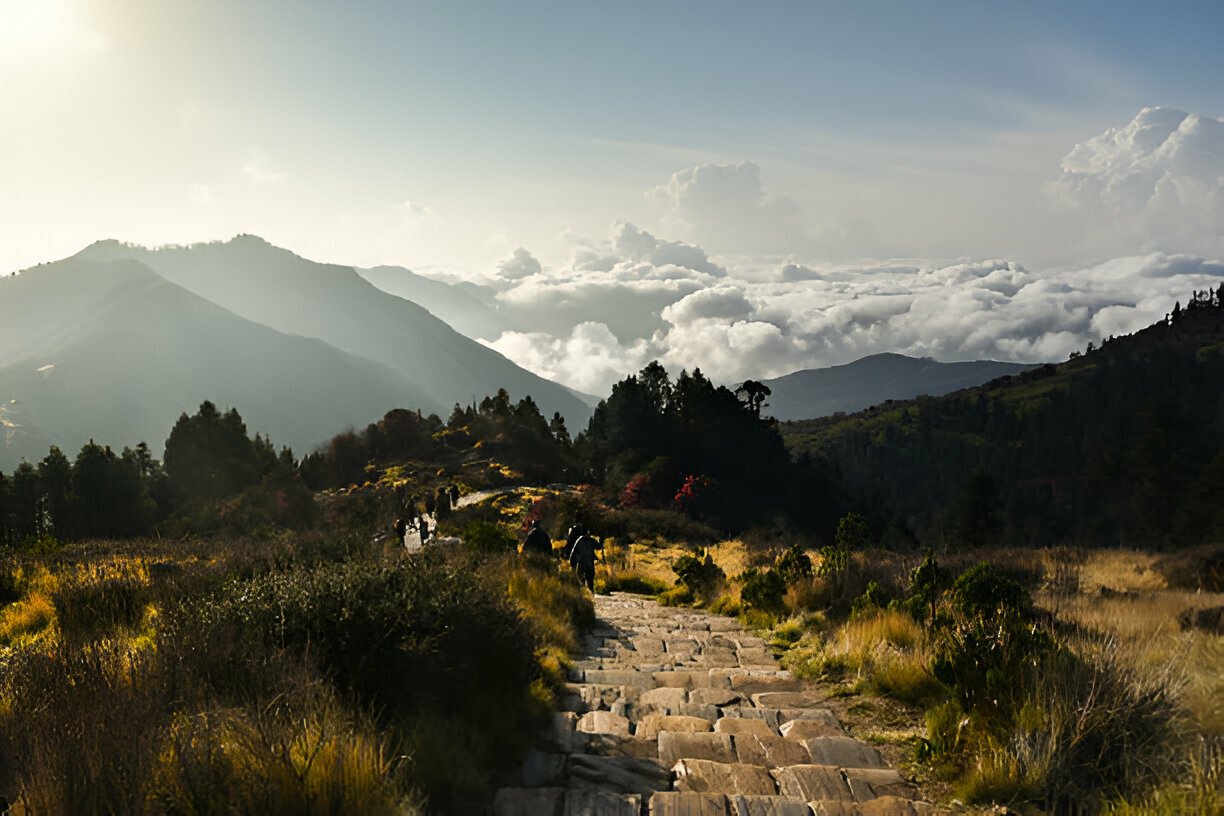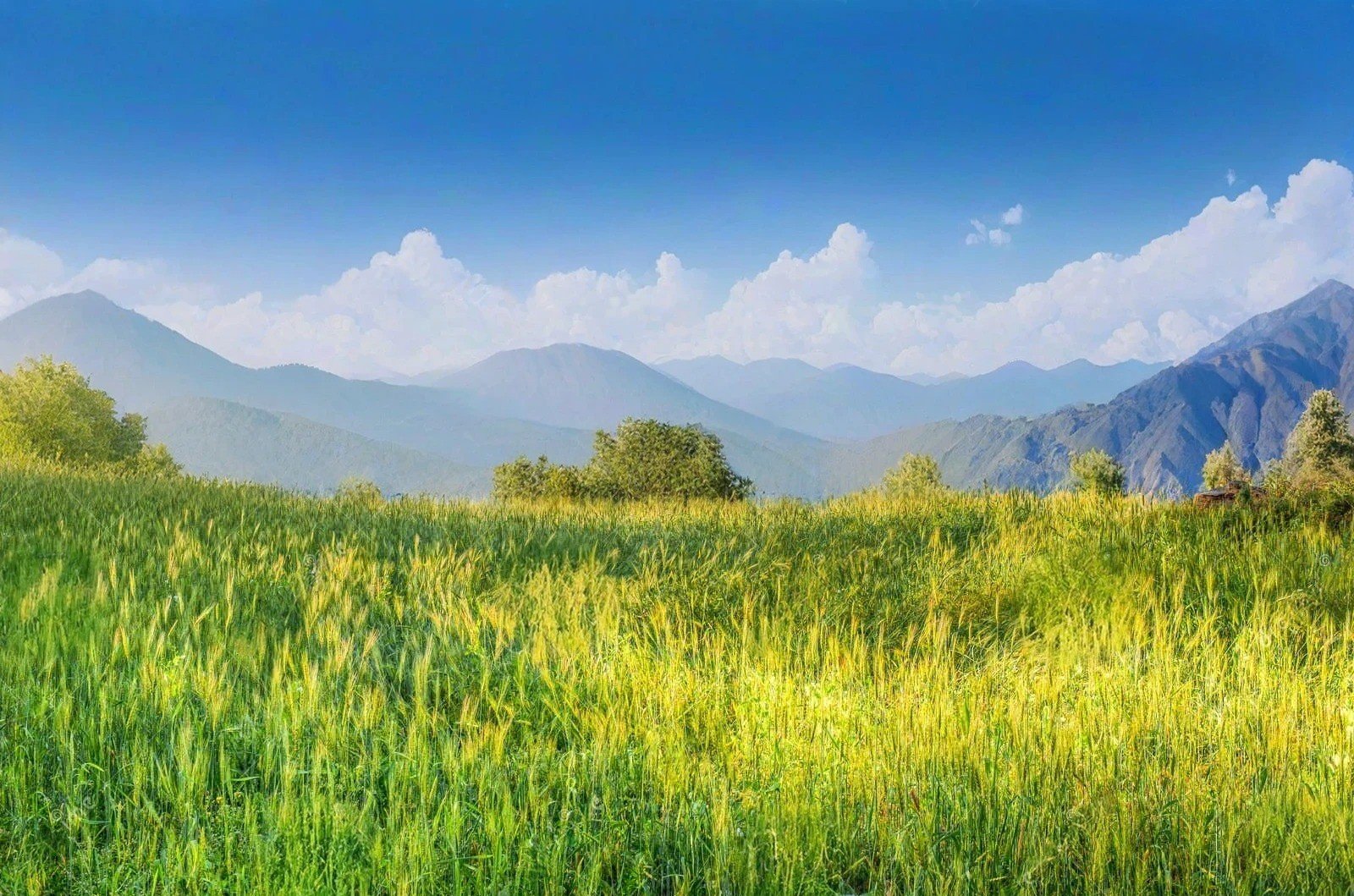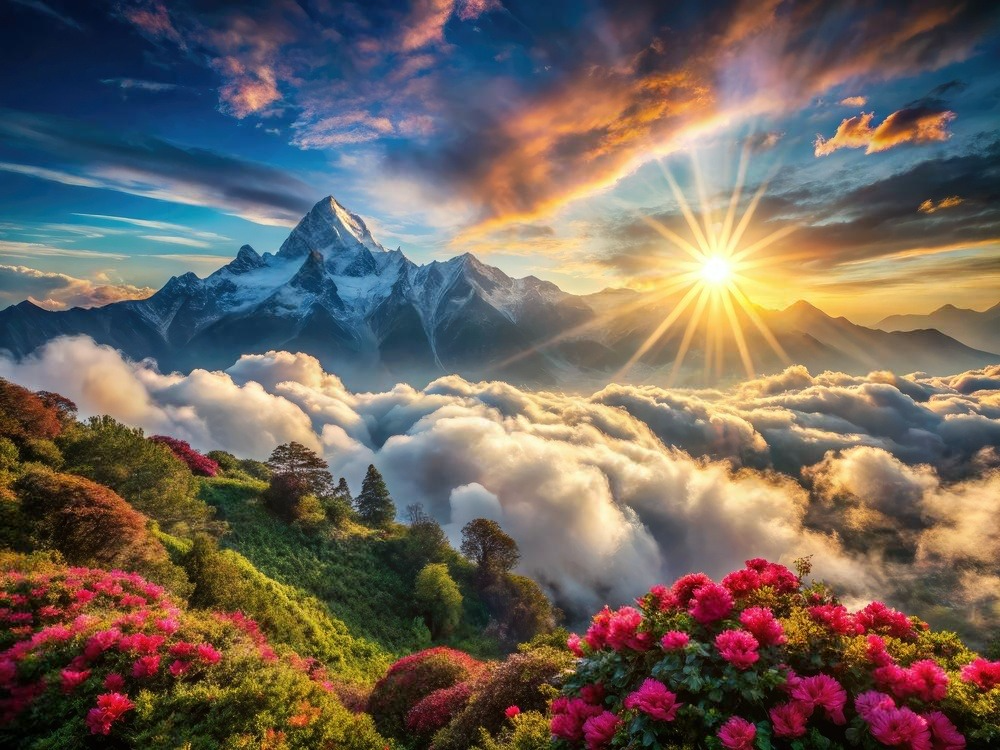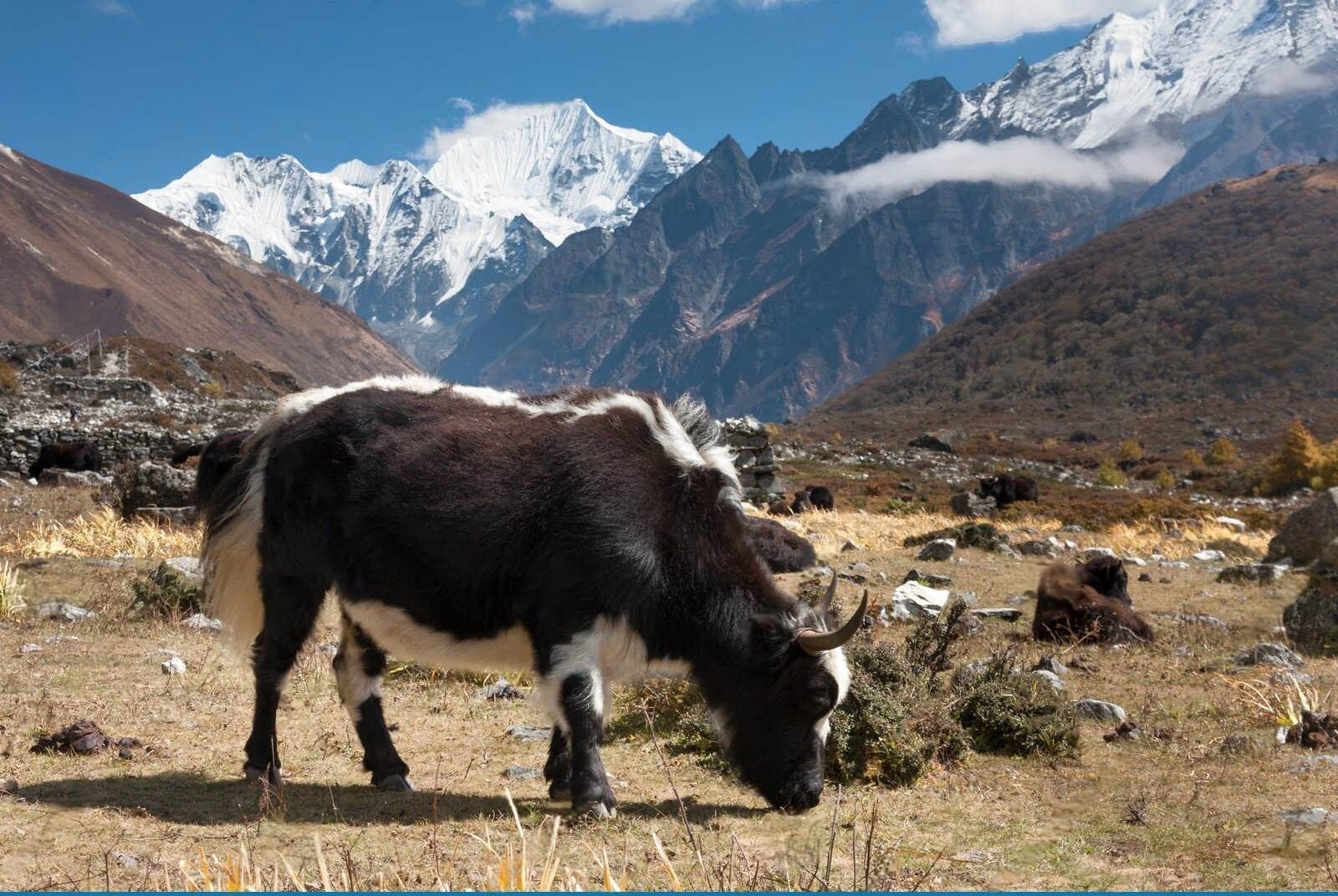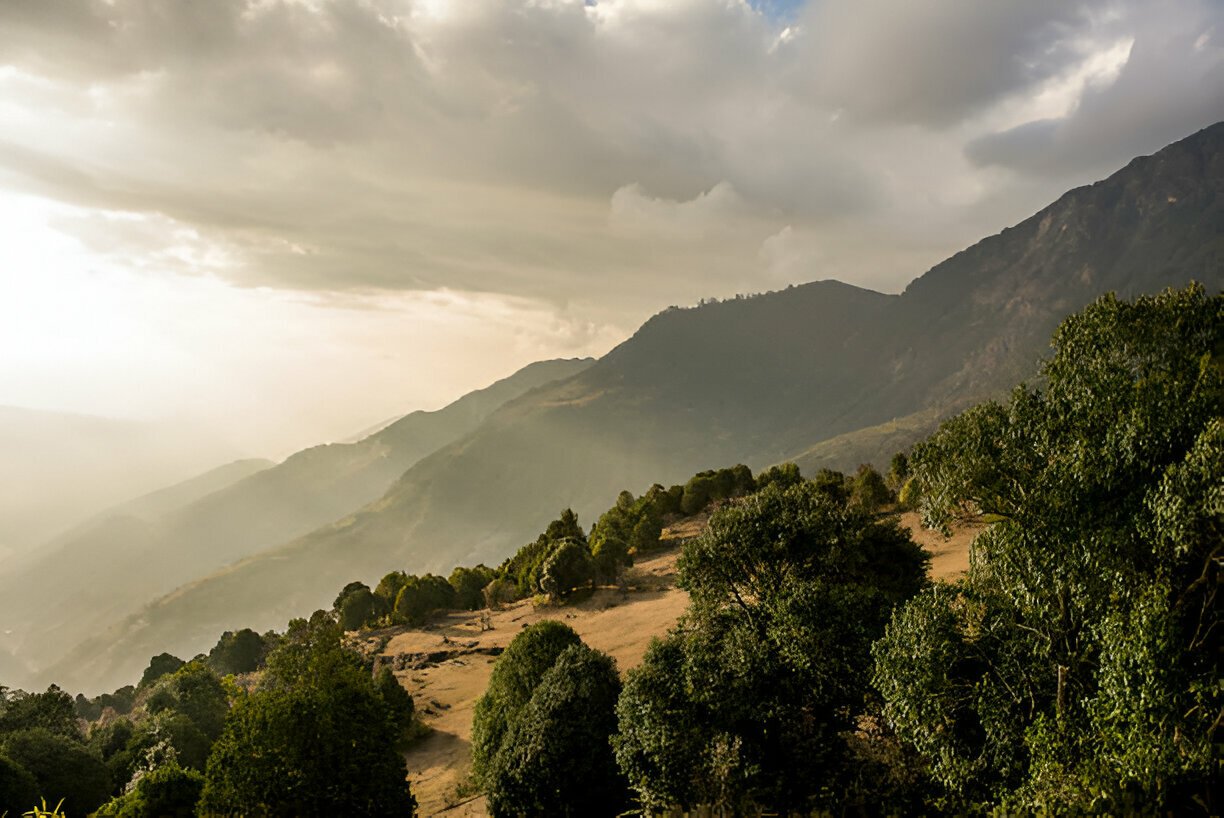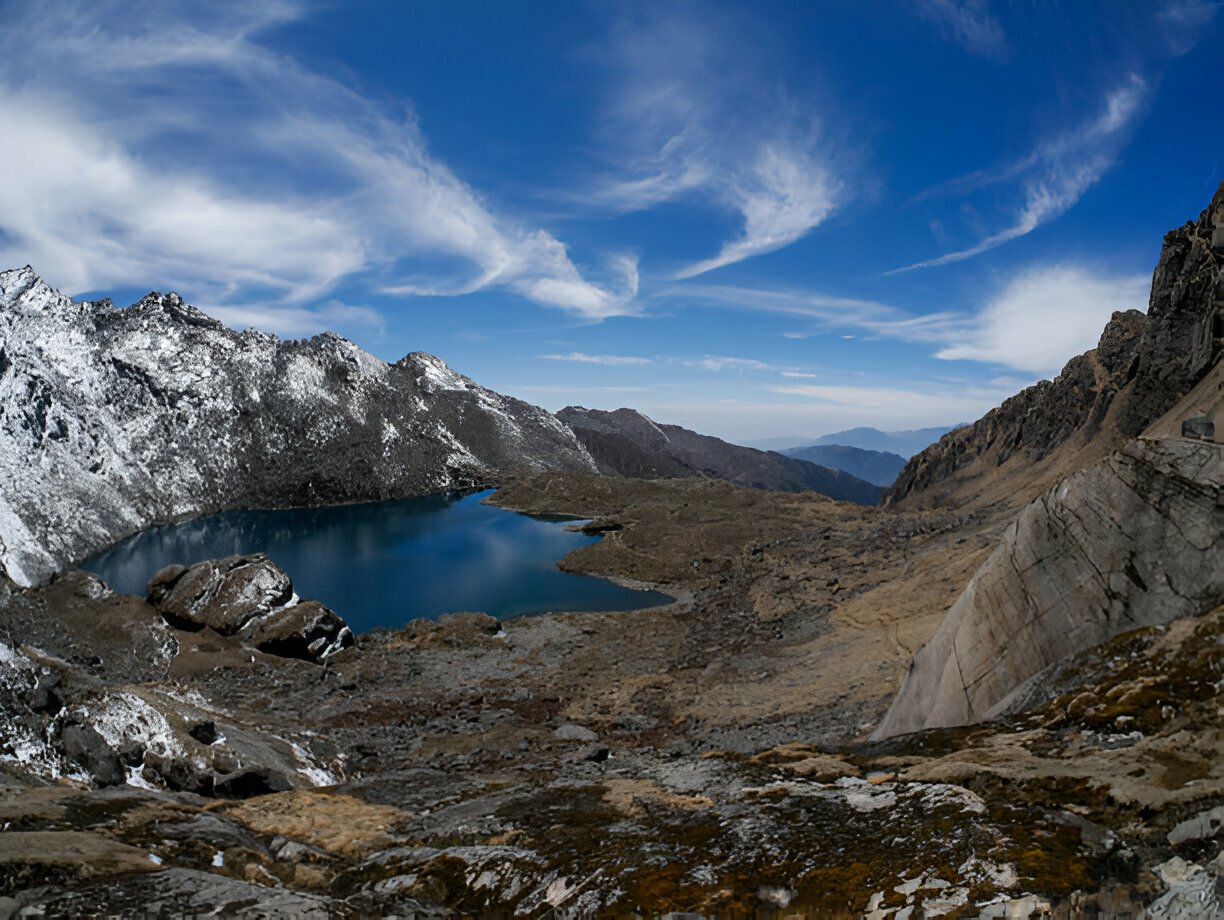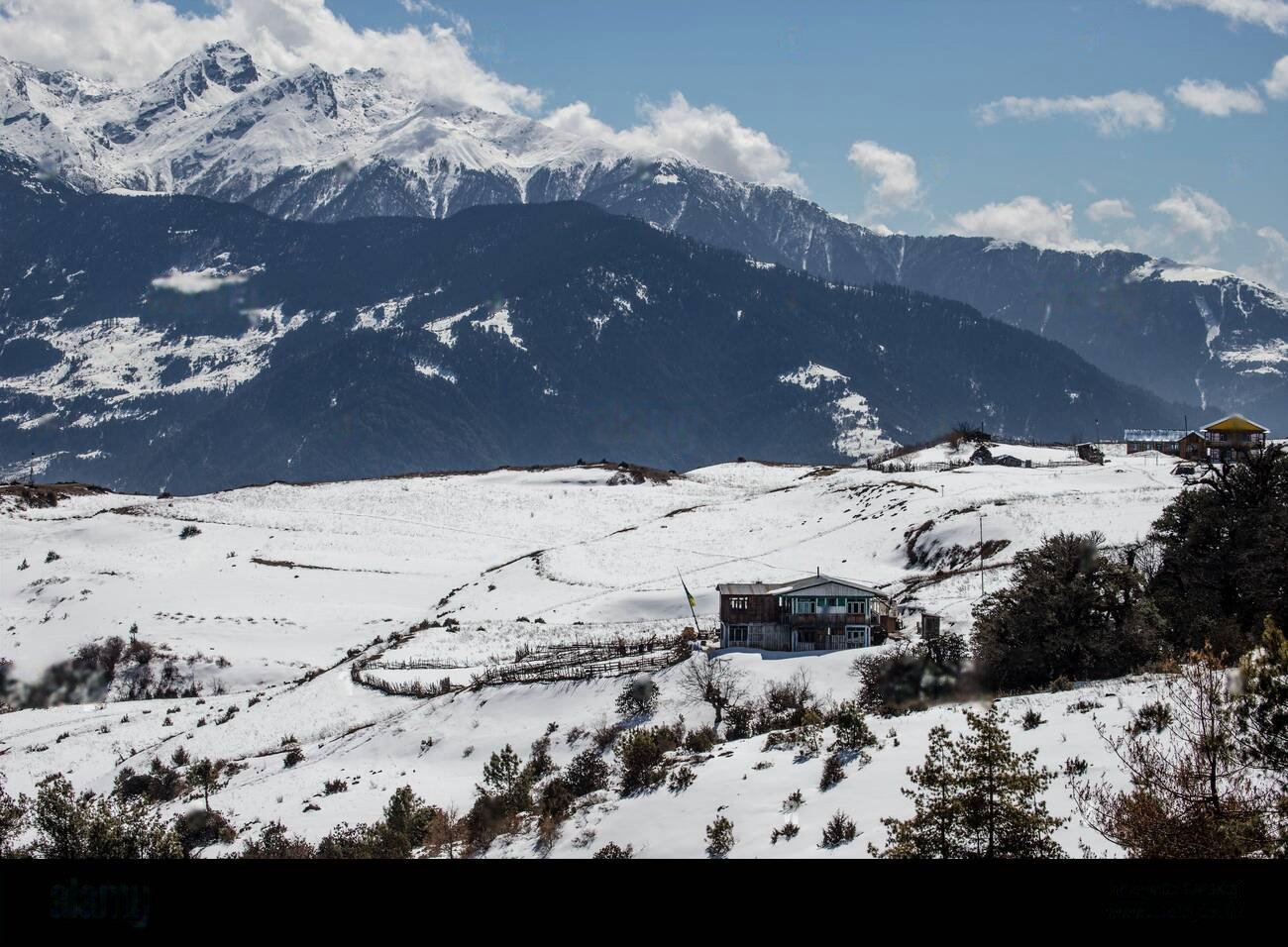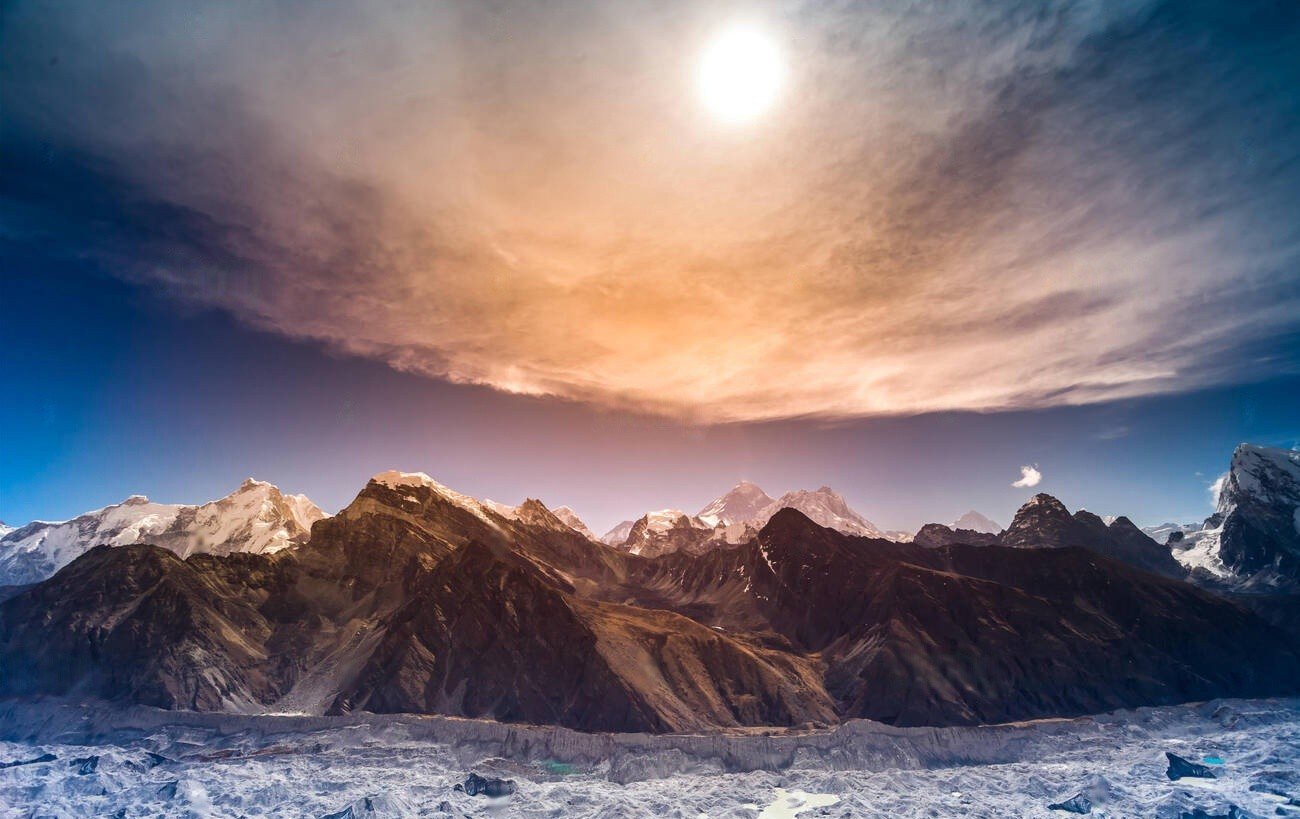 About this Trip
About this Trip
The Great Himalayan Trail Upper Route represents the ultimate high-altitude trekking challenge, demanding technical skills, exceptional fitness, and mental fortitude. What makes this trek extraordinary is its comprehensive traverse of Nepal's highest trekking routes, connecting previously isolated trail systems into one monumental journey along the rooftop of the world.
As you progress from east to west, the landscape presents an ever-changing panorama of the planet's highest mountains. The trail follows ancient trading paths, pilgrim routes, and shepherds' tracks that link remote valleys separated by formidable mountain barriers. Each section presents unique geographic challenges from the technical passes of the eastern regions to the arid, Tibetan-influenced landscapes of Dolpo and Mustang in the west.
The cultural aspect of the trek reveals how humans have adapted to some of Earth's most extreme environments. Distinctive architectural styles, agricultural practices, and religious traditions reflect centuries of isolation and adaptation to high-altitude living. Buddhist monasteries perched on seemingly inaccessible ridges, prayer flags fluttering on remote passes, and traditional villages built from local stone create a cultural tapestry as diverse as the natural landscape.
Physically, the trek demands exceptional preparation, with numerous passes exceeding 5,000m, technical glacier crossings, and extended periods in remote terrain far from medical assistance. While individual sections can be completed by experienced high-altitude trekkers, the full route represents one of the world's most demanding long-distance challenges, requiring alpine experience, acclimatization discipline, and respect for mountain environments.
Throughout the journey, the extreme isolation of many trail sections provides profound wilderness experiences increasingly rare in our connected world. These moments of solitude among the world's highest peaks, sharing tea with nomadic herders, or witnessing untouched alpine valleys create the transformative experiences that draw adventurers to this ultimate Himalayan challenge.
The Great Himalayan Trail Upper Route represents the ultimate high-altitude trekking challenge, demanding technical skills, exceptional fitness, and mental fortitude. What makes this trek extraordinary is its comprehensive traverse of Nepal's highest trekking routes, connecting previously isolated trail systems into one monumental journey along the rooftop of the world.
As you progress from east to west, the landscape presents an ever-changing panorama of the planet's highest mountains. The trail follows ancient trading paths, pilgrim routes, and shepherds' tracks that link remote valleys separated by formidable mountain barriers. Each section presents unique geographic challenges from the technical passes of the eastern regions to the arid, Tibetan-influenced landscapes of Dolpo and Mustang in the west.
The cultural aspect of the trek reveals how humans have adapted to some of Earth's most extreme environments. Distinctive architectural styles, agricultural practices, and religious traditions reflect centuries of isolation and adaptation to high-altitude living. Buddhist monasteries perched on seemingly inaccessible ridges, prayer flags fluttering on remote passes, and traditional villages built from local stone create a cultural tapestry as diverse as the natural landscape.
Physically, the trek demands exceptional preparation, with numerous passes exceeding 5,000m, technical glacier crossings, and extended periods in remote terrain far from medical assistance. While individual sections can be completed by experienced high-altitude trekkers, the full route represents one of the world's most demanding long-distance challenges, requiring alpine experience, acclimatization discipline, and respect for mountain environments.
Throughout the journey, the extreme isolation of many trail sections provides profound wilderness experiences increasingly rare in our connected world. These moments of solitude among the world's highest peaks, sharing tea with nomadic herders, or witnessing untouched alpine valleys create the transformative experiences that draw adventurers to this ultimate Himalayan challenge.

From $0
Price Varies from Group Size
Success
Here goes about why the success toast occurred.
 Itinerary
Itinerary
Arrival in Kathmandu and Preparation
Fly to Taplejung
Kanchenjunga Circuit
Kanchenjunga to Makalu
Makalu Base Camp and Sherpani Col
Everest Region
Rolwaling Valley and Tashi Labsta
Langtang and Helambu
Ganesh Himal Region
Manaslu Circuit and Annapurna Region
Upper Mustang and Damodar Kunda
Upper Dolpo Circuit
Rara Lake and Jumla
Humla and Limi Valley
Return to Kathmandu
 Services
Services
Includes
- Highly specialized high-altitude guides with technical mountaineering certification
- Domestic flights to major section trailheads
- Daily meals during the trek (breakfast, lunch, and dinner)
- Technical equipment for high pass crossings (ropes, harnesses when required)
- Services of experienced high-altitude porters
- All required trekking permits including restricted area permits
- Comprehensive high-altitude first aid kit and emergency oxygen
- Satellite communication equipment
Excludes
- Personal technical equipment (high-altitude boots, crampons, etc.)
- Custom itinerary development for specific sections
- Specialized guides for photography or wildlife observation
- Premium accommodation in Kathmandu
- International flights and Nepal entry visa
- Comprehensive high-altitude medical insurance (mandatory)
- Helicopter evacuation insurance (strongly recommended)
 Good to Know
Good to Know
Train specifically for high-altitude trekking for at least 6 months before your journey, including targeted cardiovascular conditioning and strength training with weighted packs. Possess previous high-altitude experience (ideally above 5,000m) before attempting even sections of the Upper Route. Understand fundamental alpine techniques including use of crampons and ice axe for certain sections. Develop an intimate understanding of altitude illness symptoms and prevention strategies. Prepare mentally for extreme isolation, basic living conditions, and challenging weather including snowstorms even in peak seasons. The Upper Route crosses through areas with minimal infrastructure – there may be multiple consecutive days without permanent settlements, requiring complete self-sufficiency. Some sections require camping between villages, with limited options for resupply. Communications are extremely limited, with many sections beyond cell coverage; satellite communications are essential for emergency response.
Wildlife Encounters
While trekking, keep an eye out for:
Blue sheep (bharal) on high rocky slopes Himalayan tahr at forest-alpine transition zones Musk deer in isolated forest patches Snow leopard in remote valleys (extremely rare sightings) Lammergeier (bearded vulture) and Himalayan griffons Alpine chough and ravens at extreme altitudes Himalayan snowcock and snow partridge High-altitude wildflowers in protected microclimates Rare alpine butterflies during summer months
 Reviews
Reviews
 FAQs (Frequently Asked Questions)
FAQs (Frequently Asked Questions)
Your queries are answered.
Do I need mountaineering experience?
Yes, several critical sections require basic mountaineering skills including use of crampons, ice axe, and fixed ropes. Previous experience on challenging high-altitude treks and basic alpine training are essential prerequisites, particularly for the Sherpani Col section.
What is the best time of year for this trek?
Late May to early June and late September to mid-October offer the most stable conditions for high passes. The eastern sections generally require post-monsoon conditions (October) when snowmelt has cleared high passes, while western sections can be attempted in pre-monsoon season (May-June) before the monsoon and after winter snows have melted.
How does the accommodation compare to established trekking routes?
Accommodation varies dramatically from basic but comfortable tea houses in established areas (Annapurna, Everest) to extremely rudimentary lodgings in remote regions. Many sections require camping, and facilities throughout prioritize functionality over comfort. Prepare for extended periods without hot water, electricity, or private rooms.
How many trekkers complete the entire Upper Route each year?
Fewer than 10 trekkers typically complete the entire route in a single season. Most adventurers tackle individual sections over multiple years or focus on specific segments that match their technical skills and experience level.
What permits are required?
Numerous permits are needed, including the standard Trekking Information Management System (TIMS) card, multiple conservation area permits, and restricted area permits for Dolpo, Upper Mustang, Kanchenjunga, and other controlled regions. Some areas require minimum group sizes and mandatory guides. A reputable agency is essential for navigating this complex permitting process.
How physically demanding is the trek?
The Upper Route requires exceptional physical conditioning. Daily elevation gains of 1,000m+ are common, oxygen levels at high passes can drop to 50% of sea level, and the continuous nature of the challenge allows little recovery time. Extended training focusing on both cardiovascular endurance and strength is essential.
What about emergency evacuation options?
Helicopter rescue is possible in many but not all sections, weather permitting. Some remote western and eastern sections may require multiple days of emergency trekking to reach evacuation points. Comprehensive insurance specifically covering high-altitude rescue is mandatory, as evacuation costs can exceed $10,000.
How much should I budget beyond the package cost?
The full route typically costs $20,000-$30,000 including all logistics and support but excluding international flights and equipment. Individual sections range from $3,000-$8,000 depending on remoteness, technical difficulty, and permit costs. Budget an additional 15-20% for contingencies, tips for guides and porters, and unexpected expenses.
Can I trek solo or without guides?
Solo trekking is not permitted in most sections due to restricted area regulations and safety concerns. Even accomplished mountaineers typically require local guides for navigation assistance, cultural interpretation, and logistical support in remote regions where trails may be unmarked and language barriers significant.




